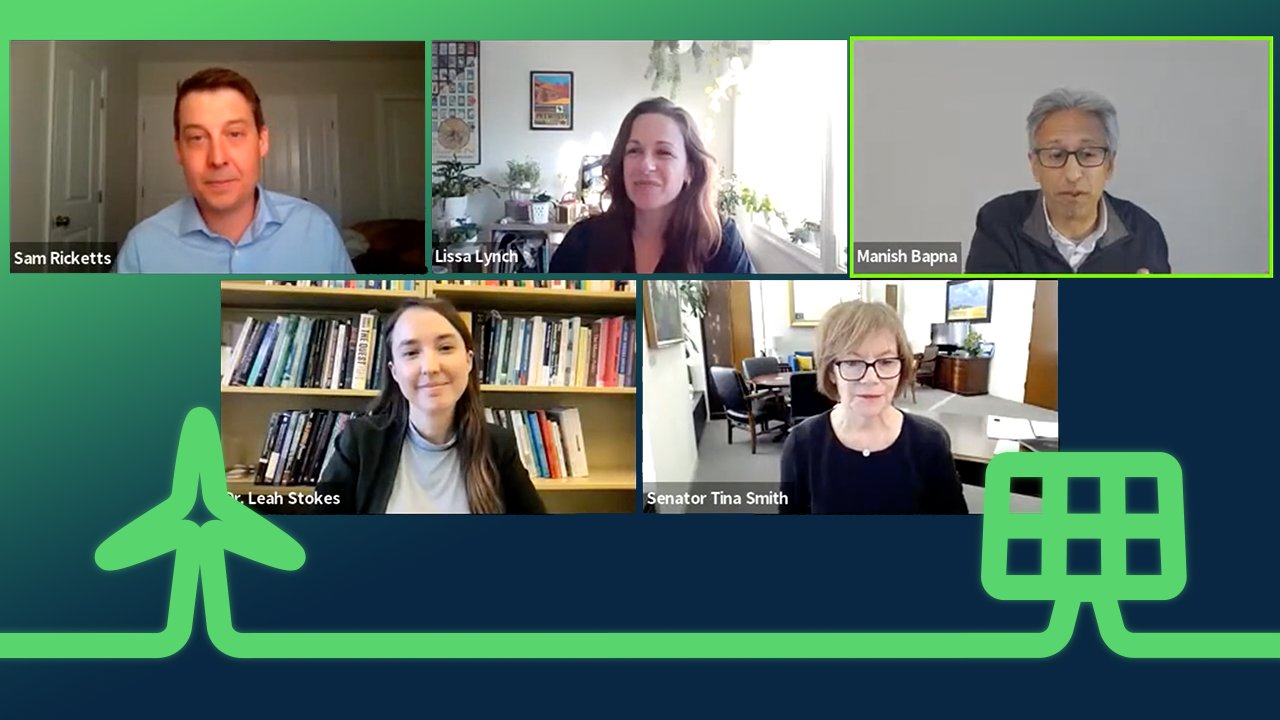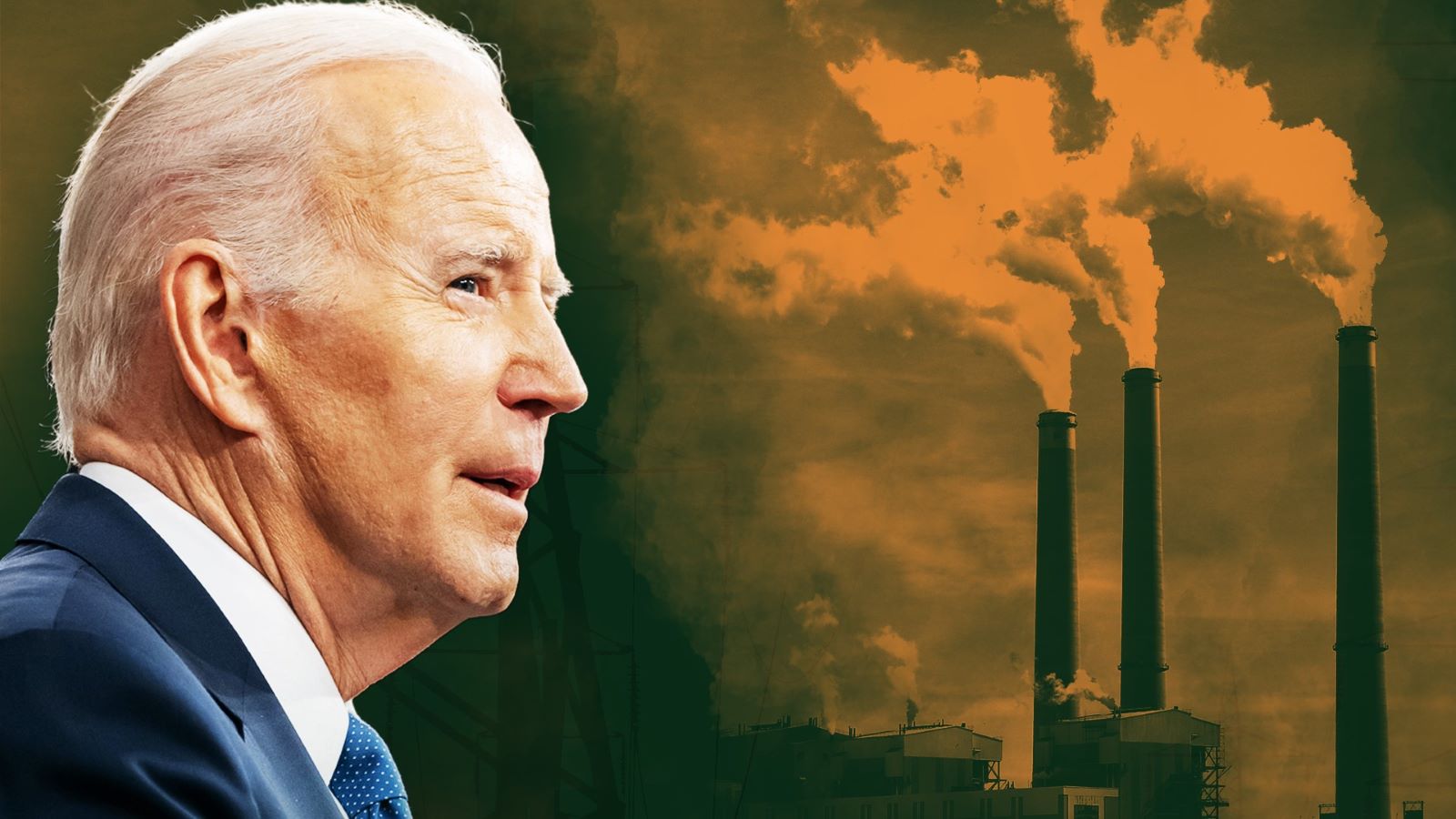So, 100 percent clean electricity is key in the fight against climate change and we have the technologies to make it a reality. But frankly, EPA and President Biden aren’t moving fast enough—particularly on the most effective rules he can use: 111(b) and 111(d).
UPDATE: In May 2023, EPA released its proposed carbon pollution standards for new and existing power plants. Read our analysis here.
These vital rules are the Biden administration’s most significant opportunity to clean up power sector carbon pollution and build on the investments in the Inflation Reduction Act. They could ensure fossil fuel power plants can no longer spew unlimited amounts of greenhouse gas pollutants into the air, harming our communities and the planet.
These proposed rules mark just the start of the regulatory process—now, we must work to strengthen and finalize these important standards as quickly as possible.
What are 111(b) and 111(d) rules? We created an entire explainer that goes into greater detail, but essentially these two EPA rules would cut carbon pollution by setting stringent pollution standards for new and existing power plants. New NRDC modeling in our report finds that the IRA will lead to significant reductions in power-sector carbon pollution by 2030. But the IRA on its own is not enough to achieve President Biden’s power sector targets of 100 percent clean electricity by 2035 and 80 percent by 2030.
The good news? The modeling shows we can very nearly reach that 2030 power sector target with the combination of the IRA and these strong carbon pollution standards for new and existing power plants.
Unfortunately, EPA isn’t moving fast enough. The agency is falling further behind on these key rules, as well as several others that target the power sector. It’s time for the Biden administration to ramp up the urgency. Sign on now and help us turn up the pressure on the administration to go further, faster on these key rules immediately.
4. State leadership will also be key



